|
Circle skirts are a integral part of any bellydancer's closet. They are beautiful to move in and can be a variety of colors to add contrast and excitement to any costume. My students have worn circle skirts in different fabrics, from chiffon to satin, with a full bedlah or with a sparkly choli tops and coin belt. You can always purchase a circle skirt through a vendor like the amazing L Rose Designs (hey, look at my students rocking those L.Rose circle skirts!), but if you have the time and inclination, you can make your very own. It is a pretty simple process and once you get the hang of it, you might even enjoy it! Estimated Time: 1-2 hours 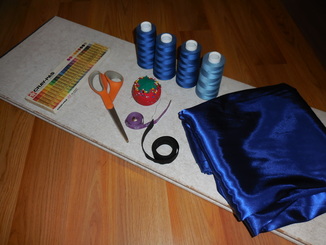 Materials: Fabric (approx. 5 yards for a standard circle, 7.5 for a circle and a half) Scissors Measuring tape Pins Elastic (3/4 inch width) Cutting board Chalk/craypas Serger/sewing machine Safety pin Needle and thread First of all, you will need to decide what kind of circle skirt you want to make. The standard is a full circle, but some dancers prefer a circle and a half, which provides more movement and swishy-ness while you dance. A standard full circle skirt is made up of two half-circle panels, which the circle and a half is made up of three. If you want an even swooshier skirt you can keep adding panels, my largest circle skirt is a Pharaonix Arabesque skirt that is a full 2.5 circles (equivalent to 5 panels). Once you decide on the type of skirt you want to make, you will need to do a quick bit of measurement and maths (Gasp! Yes, maths...). This will ensure that your skirt will be the appropriate length and hip size to fit you best. Step 1: Taking your measurements In order to figure out how long the skirt should be, measure from where you want the skirt to sit on your hips to the floor, we will call this measurement h for height. Have a friend help you so you can get an accurate measurement. Remember- if you bend to the side to look at the measuring tape, it won't be an accurate number! Next, measure around your low hip, the fullest part of your bottom. Now, you will need to do some math. First, multiply pi (~3.14) by the number of panels that you will be making (N), 2 for standard circle skirt, 3 for circle and a half. Next, divide your hip measurement (H) by this number. Be sure not to confuse measurements h and H! This will give you the radius of the waistband opening at the top of the skirt which we will call r. For those of you who are math-minded, the equation looks like this: r=H/3.14*N This waistband radius (r) plus the height (h) you measured earlier will give you the total length of the fabric to cut (L) for the hemline. L=r+h For example, if you are someone whose hip measures 36 inches around and your height to the point you want the skirt to sit is 38, your equation will look like: For a standard circle: r=36/(3.14x2)= 5.73 in. L=38+5.73=43.73 in, we will round to 44 For a circle and a half: r=36/(3.14x3)= 3.82 in. L=38+3.82=41.82 in, we will round to 42 These will be the important numbers to remember during this process and for future skirts so be sure to write them down. Now, to make the skirt! Step 2: Prepare the fabric Take your fabric and fold one side over the rest of the fabric. Note: do not fold the fabric in half. You want to be able to cut multiple panels out of the rest of it, and this will save space, and money! Lay it out on the cutting board with the folded edge lined up with the side of the board and the edges of the fabric along the bottom. Make sure that the amount of fabric available after it is folded is slightly more than the calculation for L (ideally just 0.5-1 inch more to conserve the most fabric). Pin the measuring tape to the top corner of the board, through the corner of the folded fabric as seen in the figures above. This will let the measuring tape pivot to help you trace out the circular panels. Step 3: Trace the skirt panel Move the measuring tape in an arc along the fabric, tracing out the L measurement. Use chalk or craypas to make dots along the way as you drag the tape in an arc. Repeat step 3 in a smaller arc at the top of the skirt using the r measurement. These steps are the shown in the panels above. Step 4: Cut the panel Cut along both dotted arcs. You now have one panel! Step 5: Make the additional panels Repeat this process (steps 2-4) again for as many panels as you need. Make sure to conserve fabric by folding the fabric and turning it so the next arc will use the excess from the previous arc. Step 7: Prep the waistband To attach the waistband fold it in half with the pretty side facing out and then lay it on top of the pretty side of the panel. The sides of the fabric you want facing out at the end should be facing each other for the sewing process. It will look upside down at this point, with the folded edge facing the bottom of the skirt panel and the 3 unsewn seams (the two sides of the folded waistband and the top of the skirt) all on top of each other at the waistband opening. Pin along the arc as best you can, it is always tricky to pin curved things. The goal is that the edges of the strip of fabric will align with the edges of the panel after it is all pinned. These steps are shown in the images below. Step 8: Attach waistband to front of skirt Serge along the pinned line so that the strip forms a waistband on top of the panel. Take your time with this, it is tricky to keep the edges aligned and to sew around the curve. Plus on a serger you can not sew over pins so you will need to take them out as you sew along. Once you have finished sewing and folded the waistband up it will look correct. There should be no parts where the fabric is pulling apart. If there are any gaps where the fabric slipped and wasn't sewn just go back over that section. Step 9: Attach waistband to back of skirt Repeat steps 9 and 10 for the back of the skirt. If you made a 3 panel skirt the back two panels should be sewn together (right sides together and serge along the edge) before you attach the waistband. Step 6: Make a waistband Lay one panel out unfolded and measure along the top (hip) arc as best you can with the measuring tape. You could calculate how long this will be but I find that the cutting process always ends up slightly different from the idealized measurement you would get from another equation so I am going to recommend measuring for this step. If you are making a 2 panel skirt do this for each piece. If you are making a 3 panel skirt you will need to do this for the panel that will be the front, but then you will serge together the other two panels for the back and measure the full waistband of the combined panels (it will be about twice as long as what you measured for the front panel). Lay out some of the scrap fabric from making the panels to find a piece large enough for the waistband. You want the waistband to be a rectangle with the long side the length of the top hip arc you just measured and the short side about 3-4 inches as shown in the figure below right. Note- For a 3 panel skirt in order to make the large back panel you will lay 2 of the half circle panels on top of each other with their right sides together (the sides you want showing at the end). Then use a 4 thread overlock stitch on your serger to sew along one of the straight sides (from the hem to the waist arc). Be sure to do a test run with scrap fabric before sewing your skirt panels to test the tension settings and make sure the panels won't pull apart after being sewn together. Step 10: Add elastic
Hold a piece of 3/4 inch elastic around your waist where you want the skirt to sit. Make it as tight as you would want to wear your skirt. Allow for an overlap of about 1/2 inch with the elastic and then cut it. Using a safety pin attached to one end of the elastic, thread it through the waistbands of each of your panels. I find this step is infinitely easier if I attach a piece of chain to the elastic with a safety pin and drop the chain through the waistband to pull the elastic through. Once it is through overlap it as much as needed and sew the elastic ends together. Step 11: Mark hem line While wearing it and standing straight, have a friend mark along the bottom of the skirt where it hits the floor. Step 12: Finishing touches Stitch a rolled hem along the bottom of the skirt where you just marked it to finish it and make it the length you need. Then fray check any serging tails from the waistband attachment and on the ends of the panels where you just sewed the hem. Now put on your sparkly belt and top and shimmy away! Tips and Tricks! 1.) Since the panels will be able to slide along the elastic, you can choose how they fit together. This allows you to choose if you want gaps between the panels or if you want them to touch closely to show no gap. 2.) Layering circle skirts is a great way to get more color and texture in a costume. Having the panels able to slide along the waistband allows you to have greater options for layering since you can also use the gaps to showcase a second skirt underneath. You can use different fabrics (like chiffon over or under satin), or the same fabric in different colors to make your costume more dynamic!
1 Comment
Hip scarves are a great way to add some fun to your practice wear, or as part of your performance costume to add texture or layers of color. You can find different types of hip scarves at various online stores, or even shopping for lace and knitted shawls on Ebay. But, if you want to save some money and customize your own, this is a super easy and quick tutorial that will give you a new hip scarf in 20 minutes! Step 1: Make a quick pattern. The hip scarf is basically 2 identical pieces, with each piece made up of a rectangle with a triangle on the bottom. The sizing of each piece will depend on your hip measurement, how stretchy the fabric is, and how long you want it to hang. Measure around your low hip -- the fullest part of your hip, usually around your bottom-- then subtract a few inches to account for the stretch of the fabric. (This will depend on how stretchy your fabric is—don't be too be conservative! It is much easier to take off more inches if you find it is too big than to add more fabric after cutting it off!) On tracing paper, draw a rectangle with the width measurement you decide for your hips (low hip minus x number of inches), and height enough to cover your bottom. Measure from where you want the top of the hip scarf to sit on your hips (called your upper hip measurement) to how far you want it to cover. Remember—you are naturally curvy, so if you want to make the top of the scarf to cover your whole bottom, make sure to measure over the fullest part of your backside. Then draw a line at a slight diagonal coming out from the bottom corner of one side of the rectangle. Then draw a line from the bottom of that line to the other bottom corner of the rectangle. Your pattern should look something like the image below. Alternatively you can have the bottom part of the rectangle flare out slightly and the point of the triangle extend slightly out to the side at a diagonal depending on how wide your hips are.  Materials: Fabric- either 2 or 4 way stretch Serger Matching thread Tracing paper Fabric scissors (or really sharp ones) Sewing pins Chalk or craypas Step 2: Prepare your fabric! Trace around the pattern using chalk or a craypas, then flip the pattern over and trace a second piece. Cut out the two pieces of fabric. You could also fold the fabric before tracing and cutting, so that you would cut through both pieces of fabric to create two sides of the pattern. The image on the left below shows what the cut fabric will look like if you slightly flare the bottom edge of the rectangular part that goes over the hips. Step 3: Finish the edges. Serge sides 1-3 with a rolled hem on each piece separately. Step 4: Sew sides together Lay the two pieces on top of each other, with the right sides of the fabric facing each other on the inside as shown in the right hand image above. Some fabric won’t have a clear outside and inside, but others will be important to have the part you want seen when you wear it to be on the inside. Pin sides 2 and 4 together. Serge the scarf together using a 3 or 4 threat overlock stitch, as shown in the right hand image below. Sew sides 4 together. Sew sides 2 together only to where the rectangle part ends and the triangle begins so that it is held together over your hips by the same amount as side 2, and the triangle part is open and flowy. The triangle part has been flipped up in the left hand image below to show approximately how far down side 2 is sewn. Step 5: Try it on, and make adjustments. Turn the fabric inside out, so the right side is now on the outside. Step into the hip scarf and see if it needs to be made smaller. If so, turn the fabric inside out again and serge along side 2 and/or 4 to make the width smaller. Step 6: Final touches! Fray check the edges, and get ready to dance! Styling options:
1.) Make one in a bright or sparkly fabric and one in a lace or net to wear over it as in the left hand image above. 2.) Make 2 in complimentary colors and wear them with the triangles on opposites sides of your hips to give color contrast as in the right hand image above. 3.) The same pattern can be used as a top if you consider the waistband part to the the underbust portion and tie the two triangle ends over one shoulder. Felicia and I are wearing layered silver and grey triangle hip wraps with grey tops over silver halters below.  I love wearing flowers in my hair, they are the perfect easy fix when there isn't much time to style it and are great for dance shows or a night out. Plus they are quick and easy to make too! Materials: Flower Needle Thread Scissors Hair Clip Optional: jewels for the center of the flower Step 1: Remove the stem from the flower. Often there is a center piece in the middle of the flower that needs to be removed to pop the stem off. Once this is removed the petals may not stay together so you will need to sew them together by going through the center of the flower where the stem was attached. Some flowers do not have this and can just be popped off the stem and the flower stays intact once removed, the white rose I am using here is that type. Step 2: Decide on the way you want the flower to lay when worn by holding it up to your head. This will allow you to determine which way the clip should face so that the side of the flower you want visible is forward. The clip will go on with the open side facing the back of your head when it is upclipped. Step 2b (Optional): Sometimes I like my clips to have a few leaves on the flower as well. If you would like to have leaves detach one set of leaves from the discarded stem and determine how you want them oriented while determining which way the flower and clip will be oriented. Step 3: Attach the clip by sewing over the two flat sides and through the hole at the end. If you are attaching leaves sew those on before the clip and then sew the clip on top of the leaves. Step 3b (Optional): Sew a small brooch, crystal, or other pretty finding into the center of the flower. Some flower shapes work better for this then others. Roses generally don't work well for this unless it is a very small bead such as a single pearl. Other flowers such as daisies work well with a larger finding or brooch in the center. Step 4: Wear your pretty hair flower for you next dance or night out!
1. Acquire 2 velvet hipscarves. (I've tried the chiffon, but the chiffon takes a lot more work because of the material. It is not very forgiving when it is cut. If you do decide to use the chiffon, make sure you use plenty of Fray-Check.) 2. Place the hipscarves on your hips to see where they line up. You'll want to make sure there's a small gap (about an inch) because once you start dancing, I find that it stretches out a bit (or the knot loosens up) and tends to fall off. Pin the hipscarves together where they overlap. I like to make sure to pin them together at the part where the ties start. 3. Take off the hipscarves and inspect the lines. Sometimes, there are extra decorations and you'll want to line them up as much as possible. The idea here is to make it look like one single hipscarf, not two. 4. I hand stitch these because the area is so small that it would take longer to pull out the sewing machine. a.) Typically, I like to do a basic stitch just under the upper band because it doesn't show as much and will still allow for the coins to move around. b.) Then, I do a quick whip-stitch on the top to help keep things looking neat and tidy (the only bits that I want flopping around are the coins!) Click for larger images and captions: 5. Carefully, remove two of the ties so that you are left with just the normal 2 ties. I try to cut right under the coins so there is no extra velvet hanging out. Save the ties to a make a matching headband! 6. Inspect to ensure that everything is the way you want it to look. It's best to find out now while you still have everything out. Try it on, make sure it's not going anywhere.
Preparing the Base Measure how long and wide you would like your headband to be. I made mine to stop just behind my ears. I also wanted a wider surface on the top in case I use it for sword balancing. My dance partner Felicia made me a beautiful headpiece for a sword dance we perform and she lined it with fleece which completely alleviated the head pain swords can cause for me. Cut the fleece in the shape you want to the measurements you just made and hold it up to see if it looks the way you want. This will be the base for the rest of the headpiece. Your headband may need darts in the back to help it conform to your head and not stick up in the back. Cut cover fabric with about a ½ inch seam allowance to cover the fleece. I used brocade for mine and serged the edge of the cover fabric first. Pin the cover fabric to the fleece and sew around the edges. This step can be done on a machine but I prefer hand sewing so mine was hand sewn. Preparing the Flower I found a long stemmed fake flower at Michaels that matched my headpiece fabric and costume perfectly. The flower is usually just held to the stem by a short piece of plastic that comes from the center piece of the flower so the stem can just be popped off. The plastic bit that held the stem on won't allow the flower to lay flat against the headpiece and we are going to switch out the center for something more sparkly anyways, so pop the center part of the flower out as well. Now you have the petals remaining. The centerpiece is usually the only thing holding the layers of petals together so you will want to sew the petals together before attaching the new centerpiece. When the petals are sewn together attach the new centerpiece. Pendants or brooches work well for this, but you could also use store bought or homemade appliques. My costume is black and teal and I found a black rhinestone pendant in the shape of a flower to go with my teal flower. I'm pretty excited about it. Adding Fasteners Cut two pieces of ribbon long enough that they will overlap the headband by ½ inch and still be long enough to tie under your hair. Sew these to the two end points of the headband. I used satin ribbon for mine, but it is a bit slippery. I might try organza next time. Depending on your cover fabric you can also use hemmed strips of that fabric as ties. When Felicia first taught me to dance with a sword, one of my fears was not that the sword would slip off my head but that the sword would be perfectly balanced on my headband and the whole darn thing would slide off the back of my head with the sword on it. Felicia taught me that using hair clips sewn inside the headband would ensure that did not happen and sure enough it hasn't. So I recommend adding two hair clips in addition to the ties for extra security. They are positioned one on each side of the headband facing so that when you push it back from your forehead they latch to your hair. I chose teal ones for mine and got them at Target. I know they won't show, but I like knowing that they match anyways. Assembling and Embellishing Now all that is left to do it attach the flower. Try your headpiece on to decide on flower placement. I put mine slightly above my left ear. Jericha uses hot glue to affix hers, but I sewed mine. Add beads or any other decorations you want and then you are done. I ended up beading mine following the paisley pattern of the fabric. It will mean that it is not usable for sword balancing, but it added a little extra sparkle. My skirt dance students used this tutorial to make their headpieces for the Dancing into the Light student showcase. Here are some photos.
I am overdue for an update on this project. I have been busy co-producing the spring student showcase and starting a new class session and I need to catch up on my costuming. However, since I decided to wear the Bella for the student show there is now further progress to report! Bra For the photoshoot I had worn the bra safety pinned as a halter since the straps were too short to do anything else with it. A halter just won't work for performance though, it is too uncomfortable. For performance I prefer x-back. The best way to make this into an x-back would be to remove the current straps and make new ones, however with the show deadline approaching and organizing requiring the majority of my attention I ended up doing the quicker solution of making extensions for the current straps so they would be long enough to attach to the back straps. If you recall from the previous posts the back straps also needed work. One of them disintegrated and fell off and while the other one was fine it was too skinny for my taste. I like straps with a little more oomph. The side straps of the Bella are all one piece with the cups and the part right next to the cups is fine on both sides so I decided to take a strip of grosgrain, cover it with green velvet, and then attach it to the inside of the current straps. For both sides to be symmetrical I had to cut off part of the non-disintegrated strap so it would match the one that had fallen apart. It is scary to cut into a Bella but it went well and no beads were lost. I was booked solid before the show (I taught over 60 classes, private lessons, and rehearsals but who is counting?!) so I had my talented boyfriend cover the 4 new strap pieces with green velvet for me and I attached them. There wasn't time to bead them before the show so that still needs to happen but they are comfortable and supportive and I was able to wear the costume. The cups also needed a bit of work since the cutouts were too scandalous on me and I didn't want to worry about costume malfunctions. I had leftover fabric that matches my skin tone from making a slip for my coral costume last year so I used pieces of that to cover the bra cutouts. I think it worked really well; the fabric is opaque and I am much more comfortable now that I don't need to worry about costume malfunctions. I started lining the cups with the final green lining fabric as well but only managed to finish one before the show. Skirts
I didn't succeed in finding a new skirt on Bhuz so I decided to go with the green circle skirt I have. It needed an underskirt so the day before the show I went out and bought gold satin to make a skirt that would brighten up the costume and bring out the gold accent beads in the fringe. I cut the fabric and made the skirt that night, but when I tried it on under the green skirt it just didn't look right (the green skirt is a little short on me so the gold stuck out under it). Luckily reversing the situation and wearing the gold one on top looked perfect. I still feel like the skirts are a little plain in comparison to the epic beadwork on the bedlah so I plan to add gold holographic sequin trim. The chiffon sleeves that came with the costume had gold holo sequin trim and I have cutout the fabric for new sleeves and added this type of sequin trim to them so I think it will tie the costume together better to add trim to the skirt as well. More Work to be Done The bra straps need beading, the bra and belt both need new lining, the skirt will get sequin trim, and the chiffon armbands and wristlets still need to be finished. I managed to finish restoring the fringe in time for yesterday's photoshoot! It looks lovely, I'm really happy with the way it came out. The restoration isn't complete yet, but it was finished enough to get photos done. The bedlah will need to be fitted to me better before dancing in it and the accessories still need to be redone. Here is what I accomplished this week... Bedlah After a week of working on the belt fringe I finished it at midnight the night before the photoshoot. Stringing the fringe was time consuming, but not difficult. The fringe has a deep v in the center. The front piece only had a small amount of fringe missing so I was able to just fill in the gaps and match the length to the the surrounding pieces but the back was very bare so to make sure the length was correct I traced the fringe on the front of the belt and used the tracing as a template to make the fringe for the back. I love the somewhat chaotic look of Bella fringe, and it actually makes it easier to string since the strands don't need to be exactly the length as the surrounding pieces, they only need to be a similar length. It has been a while since I have made non-swag fringe so I tried several ways of stringing before deciding on the quickest way. The first thing I tried was looping the thread back through the strand to tie it off, this was the method I used when I restored a gold bedlah a while back, but it is time consuming and not particularly easy. Then I tried tying each strand at the belt, stringing it and tying it off at the bottom. This worked fine but it was hard to get the knot at the bottom to be snug against the last bead so some strands had a little bit of thread showing at the top which looked funny. My boyfriend suggested I do the knot at the bottom first, string the strand and then tie it to the belt. This ended up being the fastest and easiest way. The fringe at the sides of the belt is straight for a portion before it begins lengthening for the v. I restored the straight sections first. Then I added a few strands right at the point of the v so I would be able to more easily follow the slope of the v. I then filled in the v on one side and then on the second side. By some miracle I ended up having enough beads for all the fringe even though I only bought one hank of each type. Thank goodness! The bra straps are short and can only be worn as a halter. I find halters to be very uncomfortable so this will have to change before I can dance in it. The morning of the photoshoot I whipped together an extender to turn the straps into a Y back instead of a halter. It worked but didn't look as good. Since I didn't have time to mess with it until it was perfect I switched it back to a halter for the shoot. This will need further experimentation. I still like the Y back idea but I may just make new straps that are longer so it can be an x-back like the majority of my costumes. Photoshoot
The photoshoot was tons of fun! Paul is one of my absolute favorite photographers to work with. My friend Chaya and I split the shoot so that one of us could be getting photos done while the other was changing costumes. My student Serenity came with us as well, she is a hair and makeup stylist and always does a fantastic job (check out her facebook page here: ). I will get the photos back soon and post the results along with part 3 of the restoration. I forgot one of the armbands at home and it looked a little weird with just one so there are no armbands in the photos. I received the headpiece from Jericha and it looks amazing. She chose to make it with a yellow flower to bring out the gold highlights in the costume and made a centerpiece out of leftover beads and AB crystals from my stash and additional beads she choose to compliment. I used a golden yellow organza veil that looked great with the flower (the veil was a Bhuz purchase). I also ended up using the trumpet skirt that came with the Bella, it doesn't fit that well and is too short but with creative posing you can't tell. More Work to be Done I still need to make new wristlets and chiffon sleeves, reconfigure the bra, reline the belt (and sew back in the Bella tag I saved), try to refit the trumpet skirt, and buy some green jewelry. Photos coming soon! I am very excited to have purchased one of Sandra's Bellas! Her green velvet one to be exact. I have been wanting a forest green costume for some time, but I never thought I'd get one quite this extravagant. As per my usual MO it is a beater; it has had a couple of owners and hasn't been washed, had the missing beads replaced, or the lining changed ever. It isn't suitable for performance as is, but I am excited to get it ready to dance again. The only pre-made costumes I ever buy are beaters. To me, buying something that is ready to go takes part of the fun out of it. I love giving new life to old costumes. Also, the crust punk in me feels a certain affinity to the rusted, falling apart nature of these costumes. My life is a mixture of glamour (dance) and scumbag (little 'ole me) and so are beaten up costumes. Together we are a perfect fit, they allow me to express myself and I give them a(nother) chance to shine. The first thing I did was take stock of the damage on each piece of the costume (how many large crystals were missing, noted the portions of fringe that were gone, etc.) and made a list of materials needed and materials I have in my bead and fabric stashes that will match. Then I set to work trying to color match beads for the missing fringe. It is composed of 4 kinds- emerald transparent bugles, a dark steely gold twisted bugle, dark green iris hex cut, and gold hex cut. Luckily I had some gold and Fire Mountain had great matches for the rest. The missing fringe is the biggest component of the restoration since a lot of it is missing on the back of the belt. Other then that it needs new chiffon arm bands (it came with one but it is snagged), beading restored on the headband, new wristlets (one is missing, the other was so badly rusted around the hook that it is unusable), a new lining, loose and missing beads replaced on the bedlah, and new hooks. While waiting for the beads from Fire Mountain I set to work on whatever I could in the meantime. Bedlah I seam ripped the area where the 2 pieces of the belt were attached and removed the lining. Now that the belt is two pieces it will be easier to replace the fringe and change the lining and also I will need to take the belt in a little so that it will lay symmetrically on me and not overlap under the cutout on the hip. While taking out the lining I noticed that there was a pin in the costume, it looks like it has been there since the costume was first made. It always amuses me to find pins in costumes since they have usually been there for years unnoticed. I think this one is original to the costume. The lining of the bra cups was removed by LisaShimmy (who briefly owned the costume before me) so she could wash the bra. Washing costumes scares me so I'm really glad she did this. When I removed the lining from the bra bands one of the bands just fell apart. Years of sweat without changing the lining rots the threads of a costume, if you don't change the lining often enough the threads holding it together will just disintegrate. The lining had never been changed on this costume and the straps are very thin so that is what seems to have happened here. I fixed it and added new hooks and was able to try on the bra. I was a bit worried when I bought it since the size was smaller then what I usually buy but in this case it worked out. However, the cups are still fairly small on me so the cutouts are a bit scandalous. I will probably leave them as is for the photoshoot since the fabric I have to line them with (left over from making a slip for a costume last spring) might looks odd in pictures but I will line them before wearing it for a performance. I replaced the missing green stones with some AB olive colored ones from the olive costume I made in the fall of 2010. In what might be called blasphemy, I like mine better then the ones Bella used and have been considering switching all of the green ones out. I also re-attached the loose rhinestone chain on both the bra and belt. Accessories The headband is missing a lot of sequins but instead of trying to color match them I gave the headband to my friend Jericha who creates beautiful headpieces and asked her to cover up the damaged area and turn it into a flowered headpiece instead of a plain headband. I tried removing the rusted hook from the one wristlet but it was so badly rusted on that it had fused to the fabric. The only way to remove it was to cut the rusted area off. I think I will just make 2 new wristlets since one is missing anyways. I plan to take the applique off this one and use it on the new one. This part may not be done for the photoshoot next weekend. The two armbands are in really good shape so those and some bracelets will do just as well. Skirts I have 2 skirts that match this costume- the velvet trumpet that came with it and a green circle skirt I got on the Bhuz swap meet. The trumpet skirt doesn't fit me particularly well since it is a bit loose so I don't think I will wear it for the photoshoot. The green circle skirt matches nicely but is a bit plain for the costume. Ultimately I would love a dark green Pharaonix Arabesque skirt but that isn't in my budget at the moment so I will most likely use the circle skirt for the photoshoot. The beads arrived in the mail yesterday and they match very well. I have a lot of fringe to restore over the next week. Hooks need to be adjusted, jewelry and accessories will be acquired, and next Saturday I will bring this costume to my photoshoot with Paul Jones of RT2 Photography. Stay tuned for the Bella Restoration Part 2, photoshoot prep and results!
|
SahinaMy adventures in dance, music, costume design... Categories
All
Archives
January 2020
|
|
Sahina Bellydance | [email protected]
Amherst MA 01002 | Easthampton 01027 | Northampton 01060. All Content Copyright Sahina Bellydance 2010-2024. All Rights Reserved. |


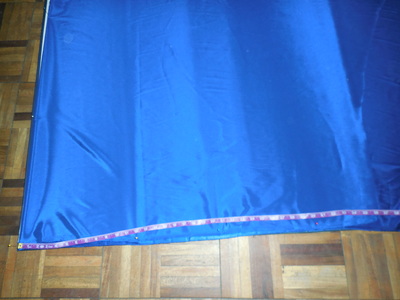








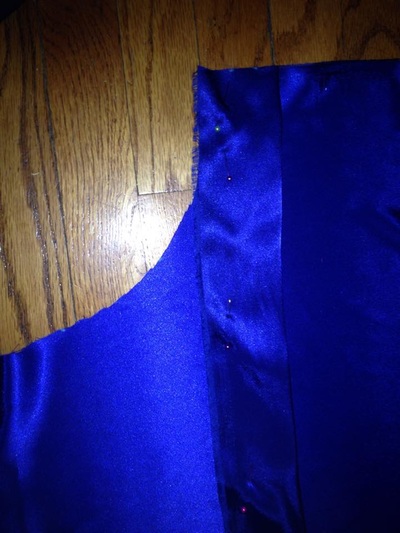



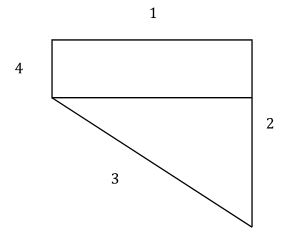


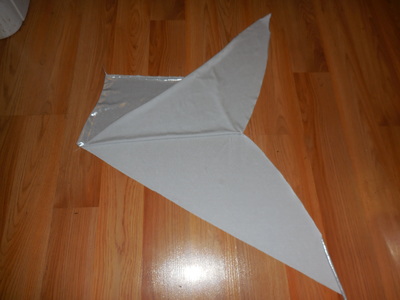



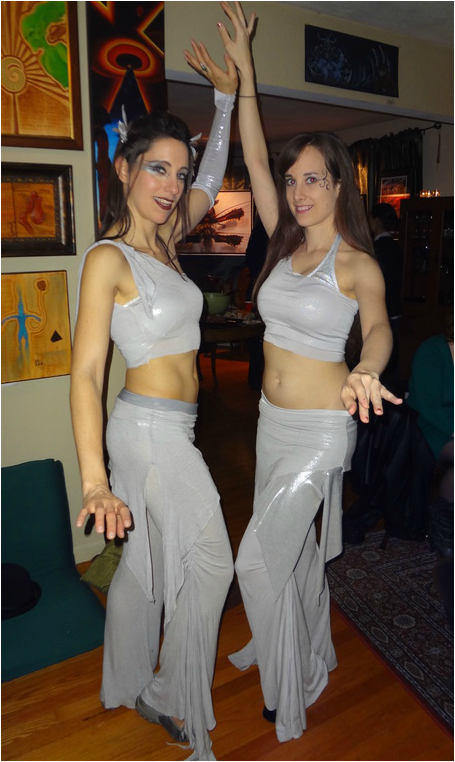



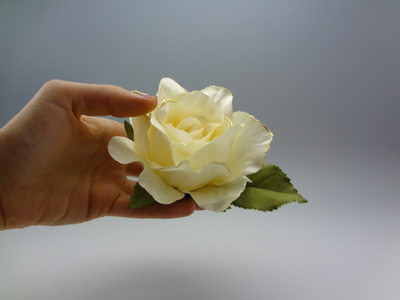




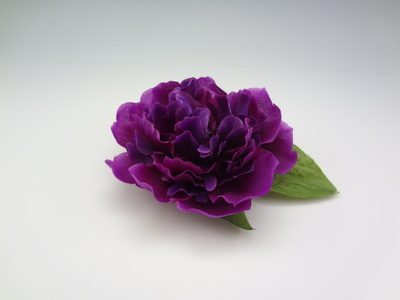




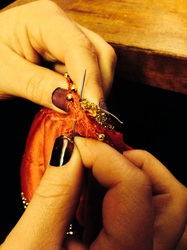
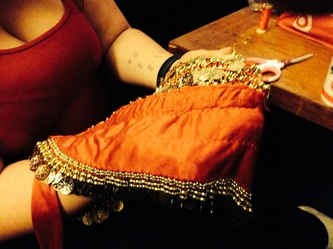


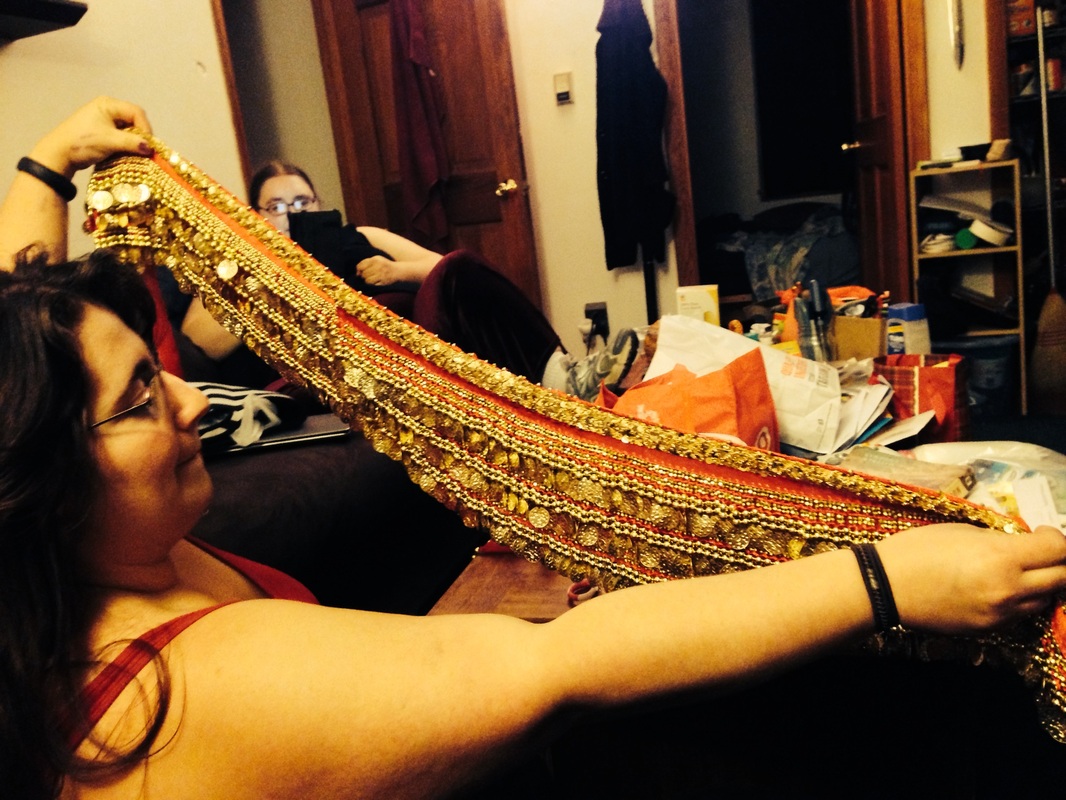

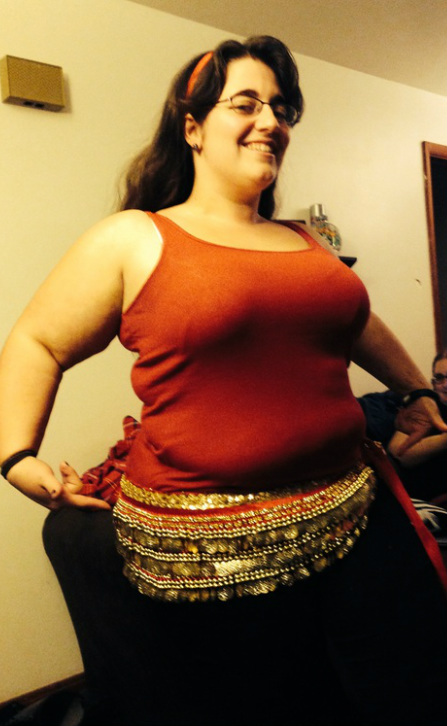

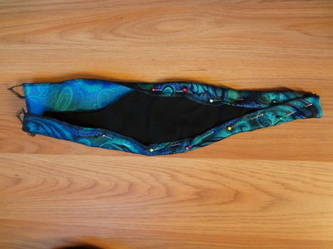
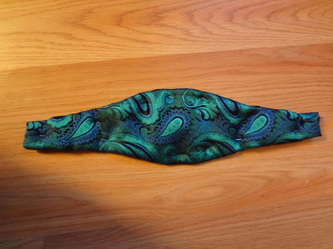






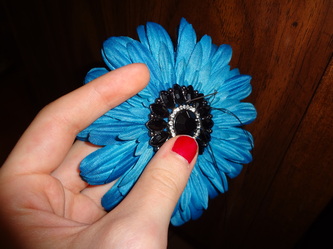
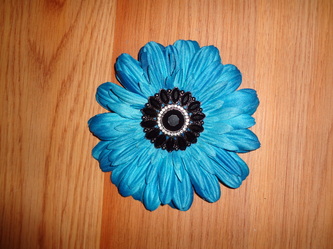







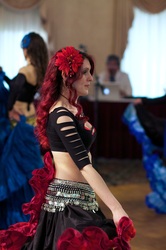




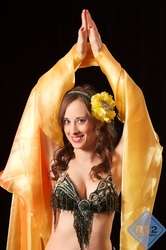
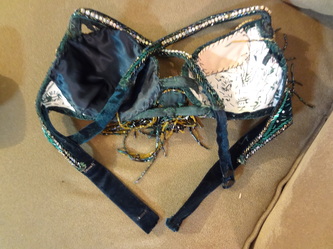








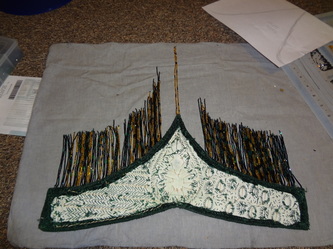


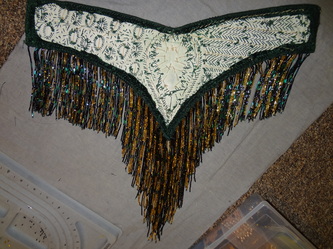

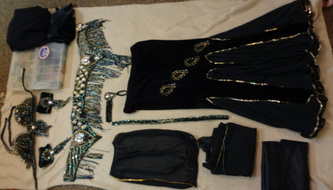
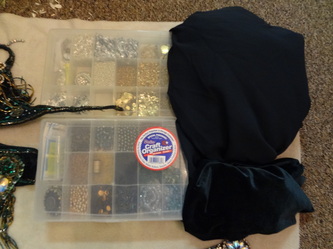
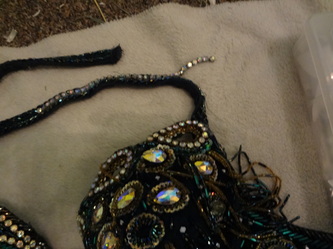







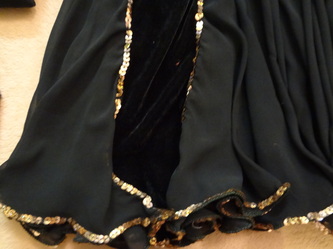

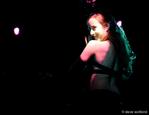
 RSS Feed
RSS Feed
